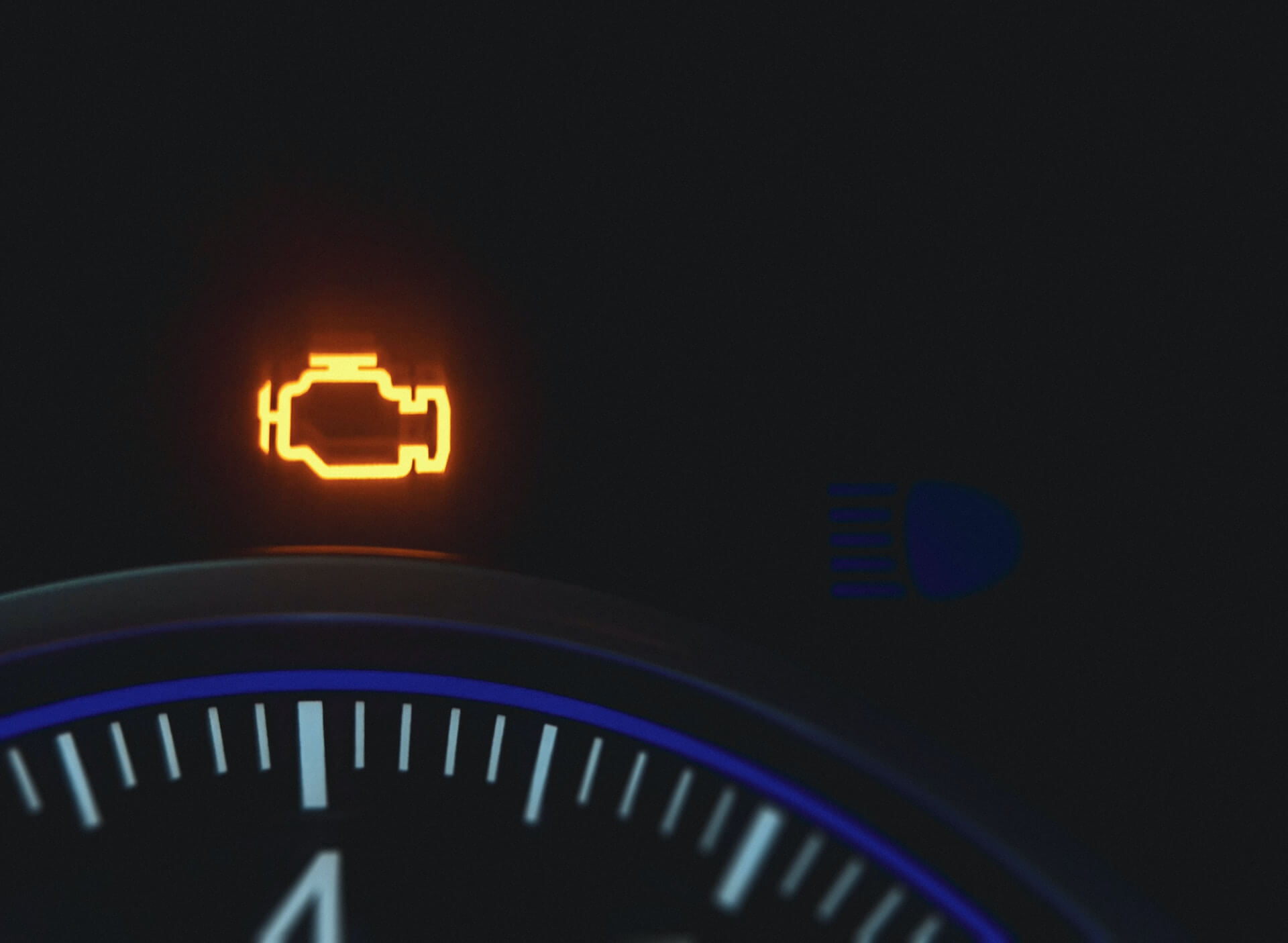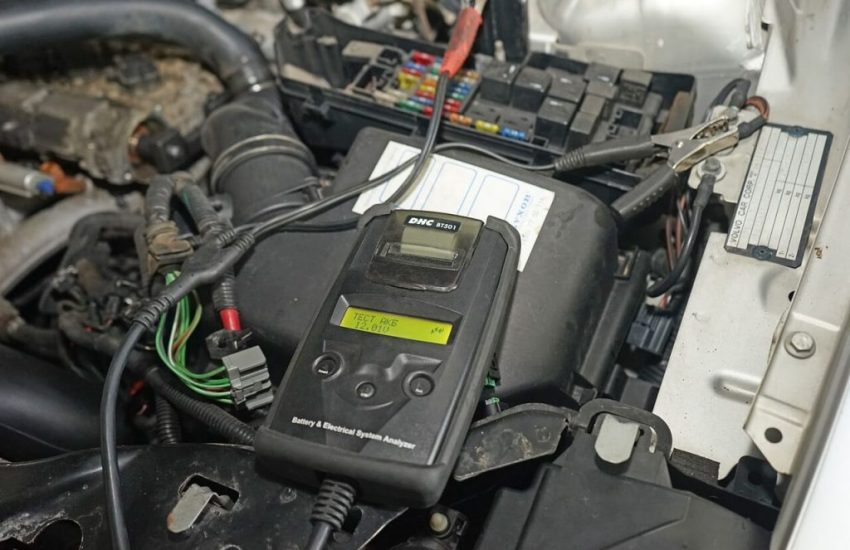Understanding the Check Engine Light: What Does It Mean?
Key Takeaways:
- The check engine light can be triggered by various issues, including a loose gas cap, malfunctioning sensors, and problems with the ignition system or catalytic converter.
- Understanding the check engine light codes is crucial for determining the specific issue that triggered the light.
- While some check engine light problems can be fixed by drivers themselves, professional intervention may be necessary in certain cases, especially if the issue is beyond their skill level or accompanied by severe symptoms.
- Finding a reliable mechanic is important when seeking professional help for check engine light problems.
- Regular vehicle maintenance is essential for preventing check engine light issues, including adhering to the recommended maintenance schedule and addressing potential issues before they escalate.
- Common components that can trigger the check engine light include oxygen sensors, catalytic converters, and ignition system problems.
- Preventive measures such as properly sealing the gas cap, maintaining fuel levels, and inspecting and maintaining the ignition system can help minimize the chances of check engine light problems.
The check engine light is one of the most commonly misunderstood and worrisome warning signals in a car. When it suddenly appears on the dashboard, many drivers feel a sense of panic, unsure of what the issue might be. In this comprehensive guide, we will explore what does it mean when the check engine light comes on, diving into its possible causes, how to interpret the diagnostic codes, diagnosing and resolving common problems, and preventive maintenance to avoid future check engine light concerns. By the end of this guide, you’ll be well-informed and ready to confidently handle any check engine light situation.
1. Why is the Check Engine Light On?
1.1 Common Causes of the Check Engine Light:
The check engine light can be triggered by a wide range of issues, ranging from minor to major. One of the most common causes is a loose or faulty gas cap. When the gas cap is not tightly sealed, it can trigger the check engine light as it disrupts the fuel system’s pressure. Other common causes include a malfunctioning oxygen sensor, faulty spark plugs or wires, a problematic catalytic converter, and issues with the mass airflow sensor or airflow meter. Additionally, the check engine light can be activated due to a faulty ignition coil, a malfunctioning thermostat, or a worn-out timing belt.
1.2 Understanding the Different Check Engine Light Codes:
When the check engine light comes on, it is important to understand the meaning behind the codes it generates. These codes, known as Diagnostic Trouble Codes (DTCs), provide valuable insights into the specific issue that triggered the light. There are hundreds of potential codes, ranging from basic to highly technical. Some common check engine light codes include P0300 (random/multiple cylinder misfire detected), P0420 (catalyst system efficiency below threshold), and P0171 (system too lean bank 1).
1.3 Should I Panic When the Check Engine Light Comes On?
It is natural to feel a sense of concern when the check engine light comes on, but panicking is unnecessary. In many cases, the issue causing the light to illuminate is relatively minor and can be resolved without extensive repairs. However, it is important not to ignore the check engine light, as it could indicate a more serious problem. Ignoring the light can result in further damage to the vehicle and potentially more expensive repairs down the line. Therefore, it is recommended to address the issue promptly by diagnosing the problem and taking the appropriate steps to fix it.
2. How to Interpret Check Engine Light Codes
2.1 What Do the Check Engine Light Codes Mean?
Interpreting check engine light codes can be a daunting task, especially for those without a background in automotive diagnostics. However, with a little knowledge, understanding the meaning behind these codes becomes more manageable. The codes are typically alphanumeric combinations that provide information about the specific system or component that is experiencing an issue. By deciphering the codes, drivers can gain valuable insights into the nature of the problem and take appropriate action to resolve it.
2.2 How to Retrieve Check Engine Light Codes:
Retrieving check engine light codes is a fairly straightforward process that can be done using an OBD-II scanner. This handheld device plugs into the vehicle’s OBD-II port, located either under the dashboard or near the driver’s side footwell. Once connected, the scanner communicates with the car’s onboard computer and retrieves the stored codes. The codes can then be displayed on the scanner’s screen, allowing drivers to jot them down for further analysis or research.
2.3 Understanding the Severity of Different Check Engine Light Codes:
Not all check engine light codes are created equal, and understanding their severity is crucial for determining when immediate action is required. Some codes indicate relatively minor issues, such as a loose gas cap or a temporary sensor malfunction, while others can signify more significant problems that need immediate attention, such as engine misfires or catalytic converter failures. By consulting the vehicle’s manual or conducting research, drivers can gain insights into the severity of specific codes and make informed decisions about how to proceed.
3. Diagnosing and Fixing Common Check Engine Light Problems
3.1 DIY Methods to Fix Check Engine Light Issues:
While some check engine light problems require professional expertise, there are also certain issues that can be diagnosed and fixed by drivers themselves. For example, if the check engine light is triggered by a loose or faulty gas cap, simply tightening or replacing it can resolve the issue. In some cases, a dirty or faulty mass airflow sensor can be cleaned or replaced to restore proper functioning. Additionally, replacing spark plugs or ignition coils may eliminate misfires that cause the check engine light to illuminate.
3.2 When Should I Visit a Mechanic for Check Engine Light Problems?
While DIY methods can address certain check engine light problems, there are instances where professional intervention is necessary. If the issue is beyond your skill level or requires specialized equipment for diagnosis and repair, it is advisable to seek the assistance of a qualified mechanic. Additionally, if the check engine light is flashing or accompanied by severe symptoms such as engine stalling or loss of power, it is important to address the issue promptly to prevent further damage to the vehicle.
3.3 Tips for Finding a Reliable Mechanic to Diagnose and Repair Check Engine Light Issues:
When faced with a check engine light problem that requires professional attention, finding a reliable and skilled mechanic becomes crucial. To ensure a positive experience, it is advisable to do thorough research and consider recommendations from trusted sources. Reading online reviews, checking the mechanic’s certifications and qualifications, and obtaining multiple quotes for the repairs can help in making an informed decision. Building a long-term relationship with a trustworthy mechanic can provide peace of mind and ensure that future check engine light issues are handled with expertise and integrity.
4. Preventive Maintenance to Avoid Check Engine Light Issues
4.1 Importance of Regular Vehicle Maintenance:
Prevention is always better than cure, and this holds true for check engine light issues as well. Regular vehicle maintenance plays a crucial role in minimizing the chances of encountering check engine light problems. By adhering to the manufacturer’s recommended maintenance schedule, including regular oil changes, filter replacements, and inspections of critical components, drivers can identify and address potential issues before they escalate into larger problems that trigger the check engine light.
4.2 Common Vehicle Components that Can Trigger the Check Engine Light:
Several vehicle components have the potential to trigger the check engine light if they develop issues. Some of the common culprits include faulty oxygen sensors, which can cause the engine to run inefficiently and trigger the light. Problems with the catalytic converter, such as clogs or failure, can also result in a check engine light illumination. Additionally, issues with the ignition system, such as faulty spark plugs or ignition coils, can lead to misfires that trigger the light. Understanding these potential triggers can help drivers prioritize maintenance and address issues proactively.
4.3 Tips for Preventing Check Engine Light Problems:
In addition to regular maintenance, there are several proactive steps drivers can take to minimize the chances of check engine light problems. First and foremost, it is crucial to ensure that the gas cap is tightly sealed after refueling to prevent any fuel system issues. Furthermore, avoiding prolonged driving with low fuel levels and using high-quality fuel can prevent issues related to contaminated fuel or fuel system components. Regularly inspecting and maintaining the vehicle’s ignition system, including spark plugs, ignition coils, and ignition cables, can also go a long way in preventing misfires that trigger the check engine light.
In conclusion, understanding the check engine light and its associated codes is essential for any vehicle owner. By gaining insights into the common causes of the check engine light, interpreting the codes, diagnosing and fixing problems, and practicing preventive maintenance, drivers can confidently navigate the sometimes perplexing world of the check engine light. Remember, while the light may cause initial concern, it is not something to be feared. By taking prompt and appropriate action, drivers can maintain the health and longevity of their vehicles as well as their peace of mind on the road.



